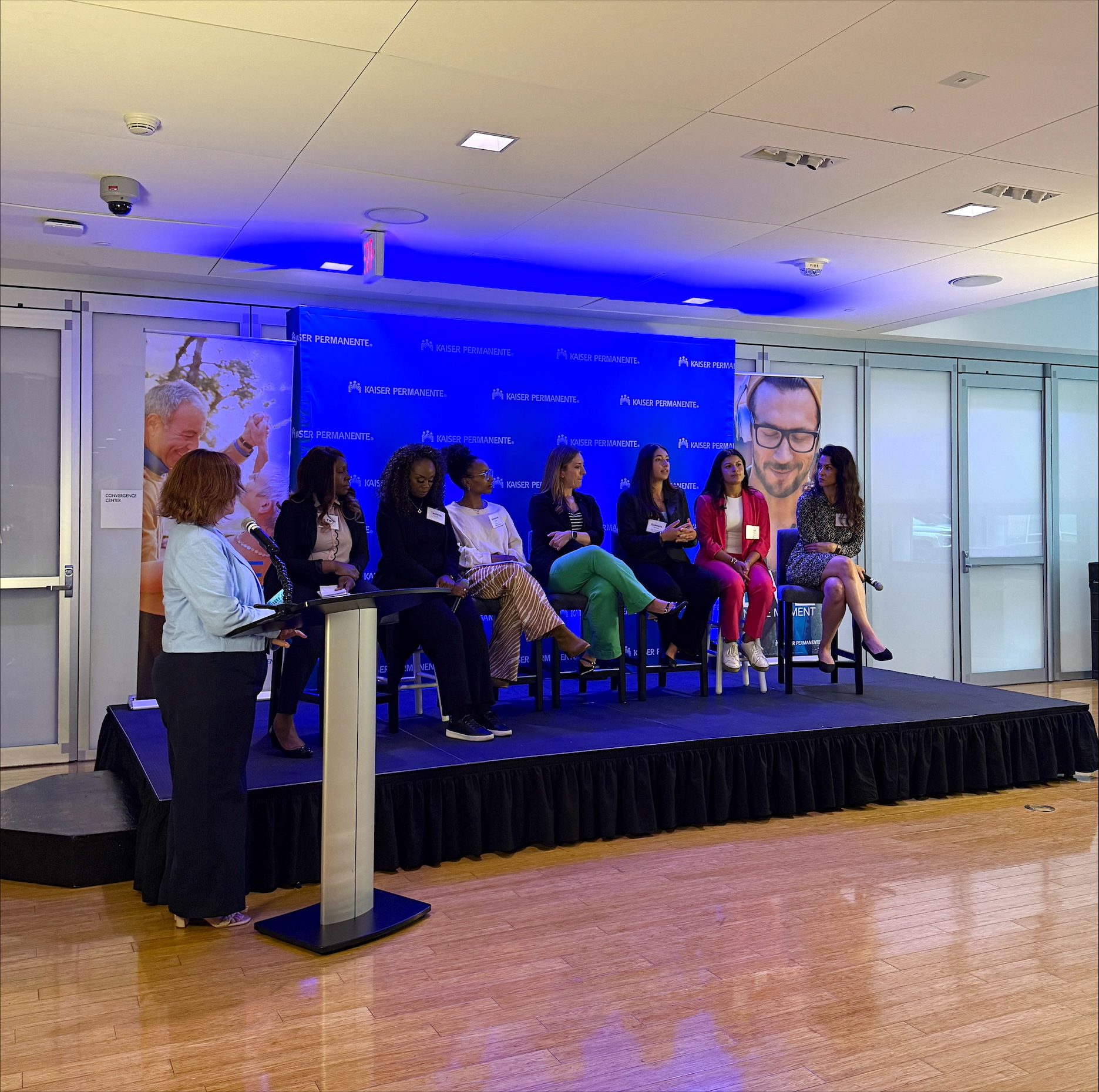There’s no denying the power of making health care more accessible to students through school-based health centers (SBHCs).
SBHCs are an innovative health delivery model that ensures children and adolescents thrive. They offer primary care, behavioral and oral health services, and preventive and early intervention for students in a setting that is safe and familiar: their school. Today, there are more than 2,300 SBHCs serving communities across the U.S.
When health and education come together, great things happen. Attendance improves. Conditions like asthma or diabetes are better managed. Behavioral health issues get quick, expert attention. Students spend more time in the classroom.
Since 2013, the School-Based Health Alliance, a nonprofit network that serves as the national voice for school-based health care, has been working to expand the power of SBHCs to influence health beyond the walls of the school-based clinics and wellness centers, into the school and surrounding community. Fifteen high-performing SBHCs in California, Georgia, Maryland, Oregon, and Washington were selected for participation in Hallways to Health. The sites have instituted creative approaches to improve healthy eating/active living, social emotional health and school employee wellness and are working to create sustainable policy changes in these areas. Along the way, they are engaging students in cooking classes, yoga, and planting school gardens.
The overall intention of the Hallways to Health program is to serve as a model for SBHC integration into schools. But to sustain and grow this model, support for prevention and health education is critical.
The Hallways to Health Act
 On February 26, 2016, U.S. Senators Debbie Stabenow and Gary Peters (MI) and Representative Lois Capps (CA) introduced the Hallways to Health Act. The Hallways to Health Act is the result of 20 years of work by the School-Based Health Alliance to build federal support for SBHCs. It has been a long-term goal of the Alliance to create a federal authorization that would distinguish SBHCs as a critical part of the health care “safety net” and provide the protections that other federally recognized safety net providers enjoy.
On February 26, 2016, U.S. Senators Debbie Stabenow and Gary Peters (MI) and Representative Lois Capps (CA) introduced the Hallways to Health Act. The Hallways to Health Act is the result of 20 years of work by the School-Based Health Alliance to build federal support for SBHCs. It has been a long-term goal of the Alliance to create a federal authorization that would distinguish SBHCs as a critical part of the health care “safety net” and provide the protections that other federally recognized safety net providers enjoy.
The Hallways to Health Act would increase access to health care through SBHCs and strengthen services with additional funding, innovations in service delivery and equitable reimbursements. The act would also support even greater school integration for SBHCs, a main goal of the Hallways to Health program.
“The Hallways to Health Act is really structured as a vision bill,” said School-Based Health Alliance president John Schlitt. “We hope it inspires Members of Congress to think about SBHCs as a vital community-based resource.”
Representative Capps, who once served as a school nurse, says, “School-based health centers help ensure that all children have access to primary and mental health care services. I have seen firsthand the link between health status and educational outcomes. SBHCs are an important tool to keep kids healthy, in the classroom and learning.”
Some key components of the Hallways to Health Act include:
- Engaging community health workers as an extension of the services provided at the SBHC to help ensure that a child’s family and home environment support the kinds of medical treatments SBHCs advise.
- Creating/expanding telehealth services in SBHCs. Many SBHCs serve rural communities where there are limited pediatric and behavioral health services. Giving SBHCs the means to provide telehealth services creates new access points for populations who are without community-based health services.
- Creating equity in reimbursement by formally recognizing SBHCs as essential community providers. This would ensure that all public health insurance programs reimburse SBHC providers for services delivered to children and youth covered by Medicaid and CHIP.
The School-Based Health Alliance is hopeful that Congress will recognize SBHCs as a solution to address some of the complex problems that children and adolescents face today.




